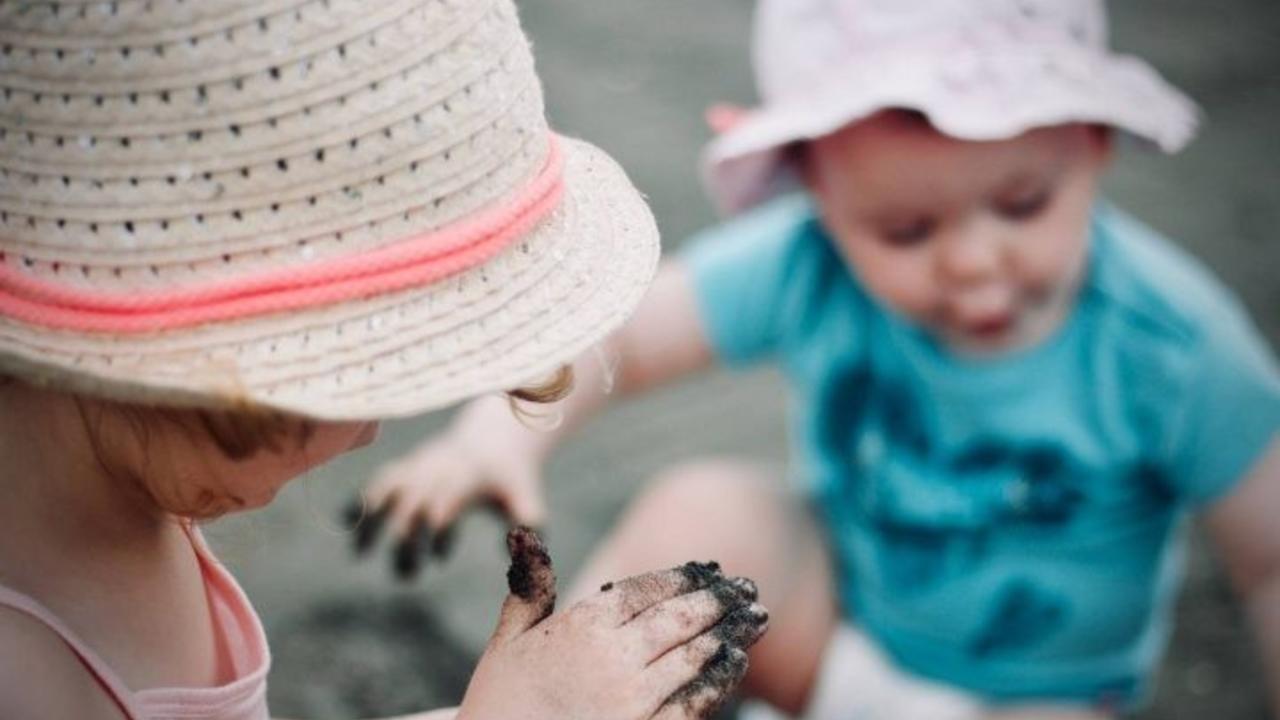Sensory Play and the role it has in Childhood Development
Apr 27, 2018
Letting a child play with play dough or paint might seem like a chore for parents, caregivers and teachers who have to clean up the mess. But for the child, sensory play is making new connections in their brain while supporting overall development. Research has shown that sensory play aids in childhood development at all levels, from toddlers to older kids.
First, what does 'Sensory Play' mean? It can be defined as any activity that stimulates the senses: to taste, to touch, to use sight, to smell, and to hear. Sensory play triggers skills such as balance and proprioception (body awareness). Examples of sensory play include letting a child play with bubbles, paint, play dough, dry rice, or pipe cleaners.
All of this playing is fun, but it’s also doing much more than what meets the eye. In fact, sensory play can be pivotal to the development of a child. In this article, we’ll explore 8 ways sensory play aids in childhood development.
1. Sparks Social Interaction
According to one article from Parenta.com, sensory play helps kids learn how to socially engage. For instance, children who share their creative ideas with others are learning valuable communication skills. Kids who engage in sensory play are learning to ask questions and share their thoughts with others.
2. Results in Relaxation
For children who are suffering from anxiety, sensory play offers an outlet. Frustrated children find a way to express themselves and focus on something positive when they engage in sensory play. For children of all ages, sensory play can simply offer a great way to unwind.
3. Encourages Scientific Thinking
Children who experience sensory play find themselves investigating new concepts and asking “Why?”. They get firsthand experience in cause and effect, probability, and problem solving. This scientific thinking is a special skill that children can use in various aspects of school and life.
4. Teaches Sensory Attributes
Children who engage in sensory play come into contact with various textures and sensations, and this exposure gives their brain a buffet of exciting new experiences. Children get to learn about concepts such as dry, sticky, hot, and wet, in a safe and fun environment.
5. Helps Sharpen Memory
Sensory play helps children develop and enhance their memory. When we say memory, we don’t just mean typical thought recall. Instead, we mean sensory memory. Sensory memory is directly connected to short term memory because sensory memory is stored briefly and transferred to short term memory. This lets the brain remember certain sensory experiences after the experience has ended.
6. Supports Fine and Gross Motor Skills
Children fine tune their motor skills faster when they engage in sensory play. Hands-on time with tactile objects and new sensory experiences is a fantastic way for children to naturally develop their fine and gross motor skills while having fun.
7. Promotes Language Development and Cognitive Growth
While kids are having fun, they’re also learning new words, communicating new ideas, and grasping new concepts. Sensory play is more than just art or messes! This type of play is a great way for a child to enhance his or her language skills while learning new skills.
8. Builds Nerve Connections in the Brain
That’s right! Sensory play can literally help build pathways in a child’s brain. As a child is engaging in sensory play, he or she is doing something extremely healthy for their brain. This play encourages the building of nerve connections in the brain’s pathways. As this happens, the child becomes more adept at completing complex learning tasks.
Sensory play is beneficial for children of all ages, as well as those affected by autism and other disorders. What’s really amazing is that while it’s extremely important to introduce kids to sensory play, it can be done extremely easily. You don’t need to spend a fortune on tools and kits because sensory play is very simple. For instance, if you have cereal in the pantry, you can let your child play with those. If you are an art teacher, you can use dry pasta or cereal just the same. Have kids glue their pasta or cereal to paper to make a picture. Another easy way to engage the senses is with paint on paper or even with their fingers. There are plenty of way to inspire sensory play with items you’ve probably already got on hand! We wrote a blog post recently with a number of art supplies you can make at home - many of these would be a fantastic form of sensory play.

